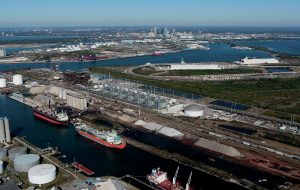
Sulphur World Symposium 2022
The Sulphur Institute’s (TSI’s) annual Sulphur World Symposium was held in Tampa, Florida this year, from May 9th-11th.

The Sulphur Institute’s (TSI’s) annual Sulphur World Symposium was held in Tampa, Florida this year, from May 9th-11th.
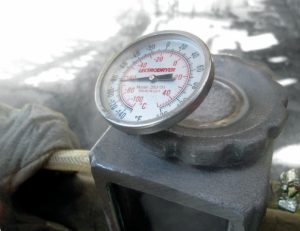
E. Almeida and B. Ferraro of Clark Solutions discuss how regular monitoring by simple testing of the towers in sulphuric acid plants can improve the reliability and lifespan of the plant.
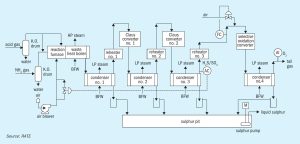
M. Rameshni and S. Santo of Rameshni & Associated Technology & Engineering (RATE USA) report on advanced catalysts for increasing the sulphur recovery efficiency of new and existing sulphur recovery units to meet stricter environmental regulations.
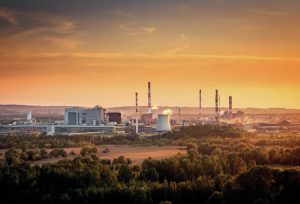
Acid output is expected to increase as copper mining and smelting increases; the copper market is moving moves from deficit to surplus, with copper output expected to rise 5% in 2022 as demand increases for electric vehicles.

Condensate formation in sulphuric acid plants can cause severe corrosion problems leading to high maintenance and plant downtime. Santhosh S . of Metso Outotec discusses the importance of carrying out regular monitoring and maintaining accurate and detailed data about condensate to increase equipment life and avoid downtime. Different sources of condensate formation in the plant are discussed as well as the typical locations in the plant where the condensates end up.
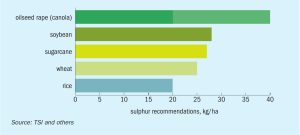
Sulphur is becoming an increasingly vital crop nutrient, due to a combination of lower sulphur deposition from the atmosphere, the increasing prevalence of high-analysis fertilizers and higher cropping intensity.
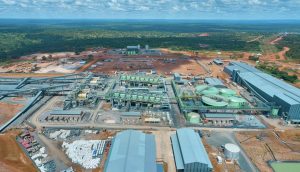
Copper leaching and smelting projects in Zambia and Zimbabwe continue to dominate acid production and consumption, with output expected to increase from the Kamoa-Kakula project.
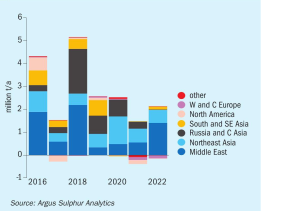
Meena Chauhan, Head of Sulphur and Sulphuric Acid Research, Argus Media, assesses price trends and the market outlook for sulphur.
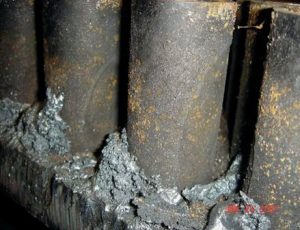
Most inspection personnel are familiar with the symptoms of process-related issues; however, they often lack an understanding of the root causes of water-related issues. In this article L. Huchler of MarTech Systems and E. Nasato of Nasato Consulting provide insight about early warning signs of common water-related failures in steam generators and sulphur condensers, proactive monitoring practices, practical operating strategies, options for corrective actions, reminders about robust water-side design and reminders about the challenges of prematurely destroying evidence by prioritising cleaning over diagnostic efforts during turnaround activities.

This is the 400th issue of Sulphur magazine, now in its 69th year. From its beginnings as the Quarterly Bulletin of the Sulphur Exploration Syndicate, it remains the only magazine dedicated to both the sulphur and sulphuric acid industries.